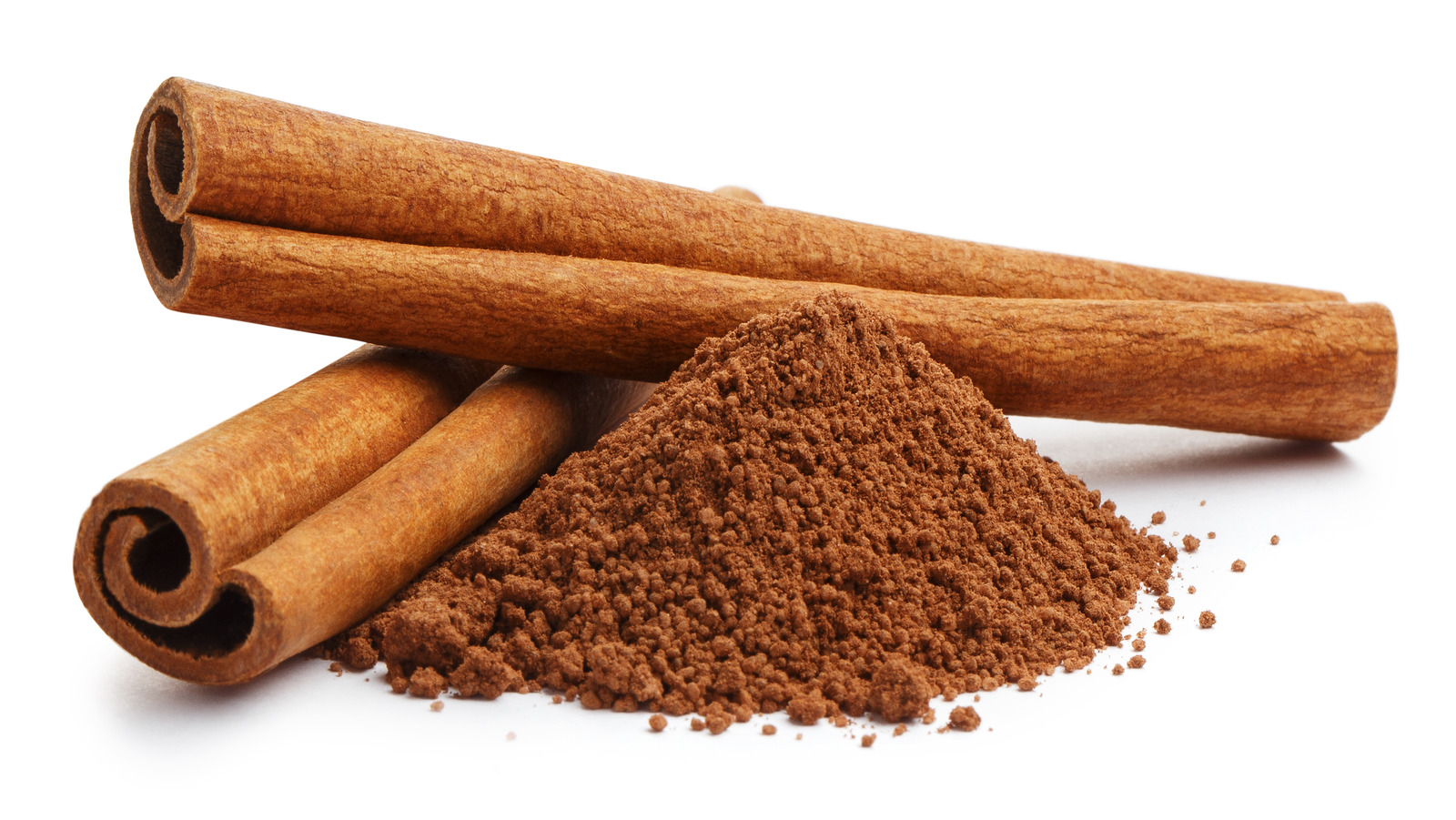Aloe Vera
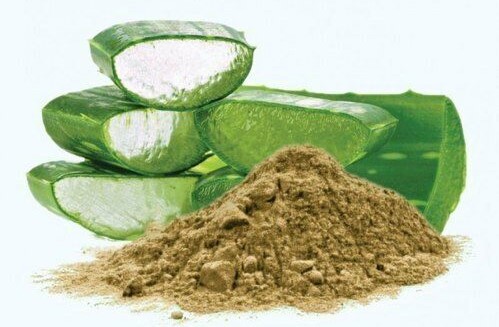
Botanical Name: Aloe barbadensis miller
Aloe vera is a plant with many qualities to take care of your health, whether for internal or external use.
The virtues of aloe vera allow to:
- relieve occasional constipation
- treat genital herpes
- reduce the risk of pain associated with lichen planus
- treat psoriasis
- accelerate the healing of burns
- treat ulcerative colitis
- Treat lesions, infections and inflammations of the skin
Aloe produces 2 very different substances in terms of their appearance and their therapeutic properties. It is important not to confuse them.
The latex, a yellow and bitter sap present in the tiny canals of the bark, contains 20% to 40% anthranoids (mainly aloin), molecules with powerful laxative effects. Latex can be irritating to skin and mucous membranes.
Aloe vera gel, composed of a clear mucilage found at the heart of the large leaves of aloe, has strong emollient properties (which softens and softens the tissues)
Anise Seeds
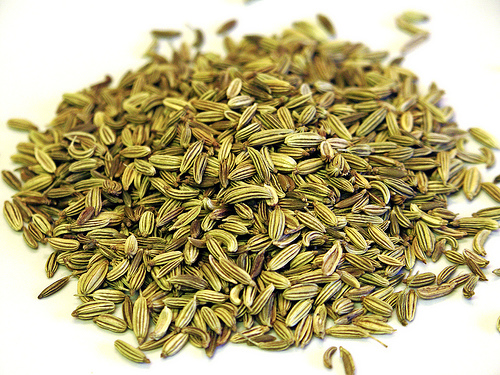
Botanical Name: Pimpinella anisum
More recently, researchers have uncovered a host of health benefits associated with anise seed, including:
- Regulates Blood Sugar
- Blocks the Growth of Fungus and Bacteria
- Eases Menopause Symptoms
- May Help Treat Depression
- Could Protect Against Stomach Ulcers
Fennel
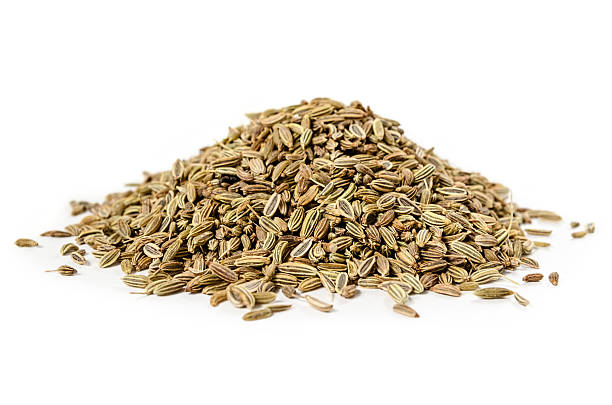
Botanical Name: Foeniculum vulgare
Fennel is native to the Mediterranean, but is now found throughout the world. As medicine, it might relax the colon, and also appears to contain an ingredient that may act like estrogen in the body. As a spice, fennel has an anise-like taste.
People use fennel for menstrual cramps. It is also used for excessive crying in infants (colic), indigestion, and symptoms of menopause, but there is no good scientific evidence to support most of these uses.
Coriander
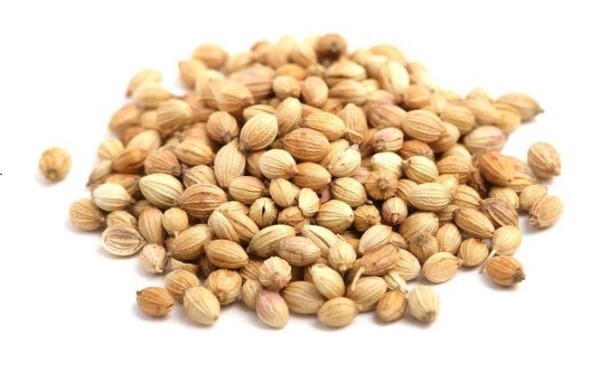
Botanical Name: Coriandrum sativum
Coriander leaves and seeds are full of vitamin K, which plays an important role in helping your blood clot.
Vitamin K also helps your bones repair themselves, helping prevent problems like osteoporosis. Additionally, evidence points to vitamin K helping lower your risk of heart disease
Page 3 of 6

